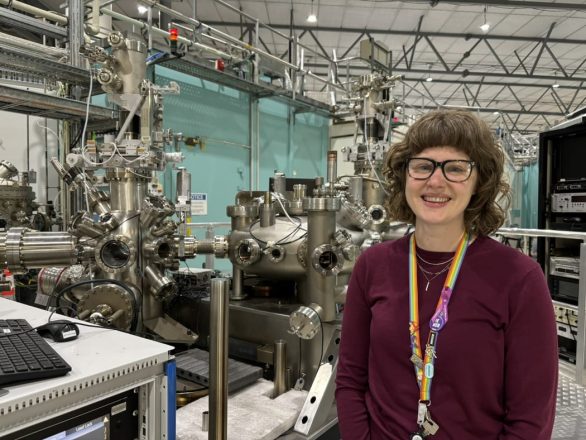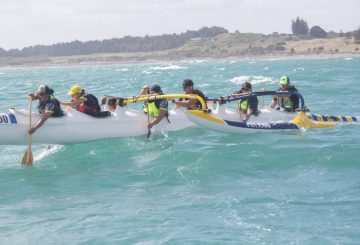Sa suburb ng Clayton ng Melbourne, ang Australian Synchrotron ay nakikita sa malaking pabilog na disenyo nito. Ang pangunahing layunin nito ay upang makabuo ng ilaw na ginagamit para sa pananaliksik sa agham Ang isang synchrotron ay isang uri ng partikulo accelerator na gumagalaw ng mga electron sa napakataas na bilis sa mga vacuum chamber.
Nagsisimula ang proseso sa isang elektron gun na bumubuo ng mga electron, na pagkatapos ay pumapasok sa isang linear accelerator upang makakuha ng enerhiya, na umaabot sa malapit na bilis ng ilaw. Susunod, pumupunta ang mga electron sa booster ring, na nakumpleto ng higit sa isang milyong laps sa loob lamang ng kalahating segundo, na nakakakuha ng enerhiya sa bawat lap. Pagkatapos nito, lumilipat ang mga electron sa singsing ng imbakan, kung saan bumubuko sila ng direksyon gamit ang malalaking magnet, na naglalabas ng enerhiya bilang ilaw.
Si Dr. Emily Finch, na namamahala sa microscopy beamlines, ay tumutukoy sa synchrotron bilang isang “donut ng agham.” Ang ginawa na ilaw ay na-filter at inidirekta sa mga beamline, kung saan magagamit ito ng mga mananaliksik para sa iba’t ibang mga pag-aaral. Hinihikayat ni Dr. Helen Brand, manager ng pagpapatakbo ng agham, ang mga tao na magtanong tungkol sa mga paksa sa pananaliksik, na nagbibigay-diin sa malawak na saklaw
Ang mga koridor ng pasilidad ay puno ng mga poster na nagpapakita ng iba’t ibang mga eksperimento. Halimbawa, inihayag ng isang pag-aaral ang isang nakatagong pagpipinta ng Degas, at sinuri ng isang koponan ng New Zealand ang mga elemento sa spiny rock lobsters.
Sa kasalukuyan, mayroong 14 na aktibong mga beamline na karamihan ay gumagamit ng x-ray light, ang bawat isa ay nakatuon sa mga tiyak na katanungan sa pan Ang isang beamline ay nakatuon sa x-ray diffraction upang maunawaan ang mga istrukturang molekular.
Si Ben Krinkel, isang mag-aaral ng PhD mula sa University of Auckland, ay gumagamit ng macromolecular x-ray crystallography beamline upang pag-aralan ang isang posibleng gamot sa kanser, na sinubukan ang halos 100 mga sample ng kristal upang matukoy kung paano gumagana ang gamot. Ang kanyang kasamahan, si Shayhan Chunkath, ay nagsasaliksik ng isang maliit na fragment ng protina na may posibleng mga epekto sa antiviral at inaasahan na mailarawan ang istraktura nito.
Upang matiyak ang kaligtasan, kinokontrol ng mga mananaliksik ang mga pagsubok sa x-ray nang malayuan mula sa distansya, dahil maaaring mapanganib ang mga x-ray Maaaring ma-access ng mga mananaliksik sa New Zealand ang synchrotron sa pamamagitan ng kasunduan sa kooperasyon na itinatag noong 2017, na nagpapahintulot sa kanila na mag-apply para sa oras ng pananaliksik at mga grant
Sa nakaraang taon, nagkaroon ng 113 pagbisita ng mga koponan ng New Zealand sa synchrotron, na nagpapakita ng iba’t ibang hanay ng mga pagsisikap sa pananaliksik. Higit pang mga detalye ang susunod na linggo. Ang pag-uulat sa kuwentong ito ay sinusuportahan ng New Zealand Synchrotron Group Ltd.





























































